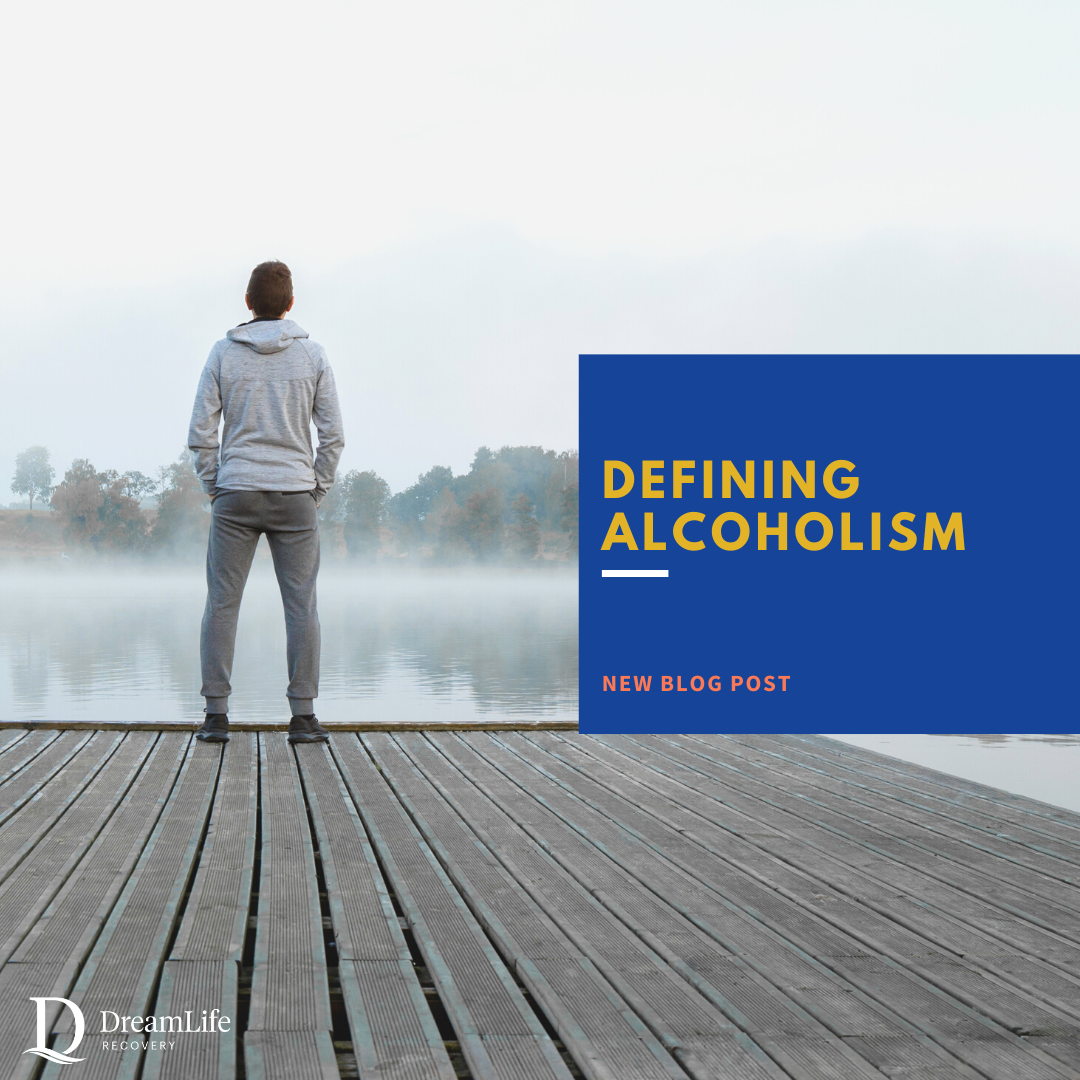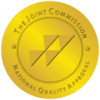Defining Alcoholism


Written By
DreamLife RecoveryAlcoholism is an addictive disorder in which the primary substance of abuse is alcohol. To define alcoholism, we typically consider the behavior and symptoms associated with this form of substance use disorder. A person struggling with alcohol abuse and addiction may have trouble controlling how much they drink, may be physically and/or emotionally dependent on alcohol, and may continue drinking despite negative consequences like health complications, relationship problems, and legal or professional issues.
When it comes to treatment for alcoholism, being able to define the degree of the addiction is important to recovery. No two individuals will have the same experience in their alcohol use disorder, as their behavior, the amount they drink, the type of alcohol they consume, the time they’ve spent drinking heavily, and many other factors will affect how their path to recovery looks. To better understand this condition and treatment for it, this article will explore the levels of alcoholism.
What are the Levels of Alcoholism?
Alcoholism is known as alcohol use disorder in clinical settings and is a condition in which a person drinks heavily and is unable to control or stop drinking. However, what about the other levels of alcoholism or drinking behavior that eventually led to alcoholism? Does someone just wake up one day with alcoholism or does it develop over time? By understanding the levels of alcohol use, it may be easier to recognize red flags that a person is at risk for developing alcoholism.
Do You Need Help In Columbus?
Get HelpDefining levels of alcoholism largely relates to the number of symptoms the person experiences. According to the Diagnostic and Statistical Manual of Mental Disorders (DSM-5), an alcohol use disorder includes any two or more of the following symptoms:
- Drinking more alcohol and in larger quantities for longer than planned
- Having trouble or being unable to stop or control drinking
- A lot of time and resources are spent getting, using, and recovering from alcohol
- Developing strong cravings to use alcohol
- Experiencing problems at home, work, or school because of drinking
- Drinking alcohol despite the negative consequences and problems it is causing
- Drinking alcohol has taken over or replaced activities and interests that used to be important or fulfilling
- Using alcohol in risky situations (driving under the influence, showing up to work intoxicated, etc.)
- Developing physical tolerance, thus requiring more alcohol to get the same effects
- Developing a physical dependence and withdrawal symptoms when trying to stop alcohol use
Knowing these are the symptoms of an alcohol use disorder, we can explore some levels of alcoholism from moderate drinking to addiction.
Moderate Drinking
Moderate drinking is considered a level of alcohol consumption that is controlled and is not causing physical or psychological changes or issues. According to the U.S. Department of Health and Human Services, moderate drinking is typically defined as one drink or less per day for women and two drinks or less per day for men. The National Institute of Alcohol Abuse & Alcoholism (NIAAA) defines “low-risk” drinking as three drinks or less per day for women and four drinks or less for men. Key to moderate drinking is that these limits are not cumulative—meaning having seven drinks in one night once a week is not moderate drinking because it is the equivalent amount of one drink per day. This brings us to another type of alcohol consumption, binge drinking.
Binge Drinking
Binge drinking is when a person consumes enough drinks to become intoxicated in one sitting. The NIAAA considers alcohol consumption binge drinking when the person’s blood alcohol concentration (BAC) is 0.08 percent or higher, which equates to roughly five or more drinks for males and four or more drinks for females in two hours. Binge drinking has become a normalized behavior among many young adults in the United States. Binge drinking has become especially common on college campuses, where activities like “pre-gaming” (drinking before a party or outing), beer pong and other drinking games, weeknight parties, etc are all part of a larger drinking culture that condones unhealthy and unsafe alcohol use.
Heavy Drinking
The Substance Abuse and Mental Health Services Administration (SAMHSA) defines heavy alcohol use as binge drinking on five or more days a week. This means a man who consumes five or more drinks in a day or a woman who consumes four or more drinks a day most days of the week would be considered a heavy drinker. Heavy drinking can increase a person’s risk of developing alcoholism. Heavy drinking can also put a person at risk for health complications like liver disease, heart disease, diabetes, certain cancers, and many other conditions.
Getting Help for Alcoholism
Often, it is hard for a person who is developing unhealthy alcohol use patterns to recognize it themselves. Many times, a friend, partner, spouse, or loved one will notice changes in behavior and personality that suggest there may be an issue. Knowing the levels of alcoholism and how these can progress into an alcohol use disorder is important to know when it’s time to get professional help for alcohol abuse and alcoholism. If you or a loved one may be struggling with alcohol abuse or drug addiction, it is important to find treatment programs that can address underlying mental health issues that may be the root of the substance use problem.
When helping a loved one, it is critical to be compassionate and patient with them. Helping them to find a quality treatment center that can provide individualized care and safe detox from alcoholism can help them to take the first steps towards recovery. Each person’s progression to alcoholism is unique, and the reasons that caused them to start drinking and to continue must be addressed through a treatment plan that can cater to their personal needs in order for a successful recovery. If you or a loved one is concerned about problematic drinking, it is never a bad idea to call and seek help from a treatment program like DreamLife Recovery. Contact our expert team today to learn more about your options and getting help for you or a loved one.
Resources:
- “Drinking Levels Defined” – National Institute on Alcohol Abuse and Alcoholism
- “Alcohol Use Disorder” – Mayo Clinic, 11 July, 2018
- “What is alcohol abuse disorder, and what is the treatment?” – Newman, Tim; Rev. by Timothy J. Legg, Ph.D.; Medical News Today, 29 May, 2018
- “What is Moderate Drinking? Finding a Healthier Balance With Alcohol” – Cullins, Ashley; Rev. by Alex Lee, DSW, LCSW; Ed. by Evan O’Donnell; RIAhealth, 30 March, 2021






